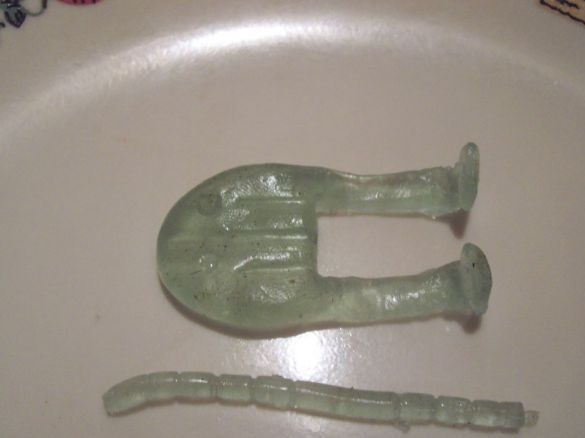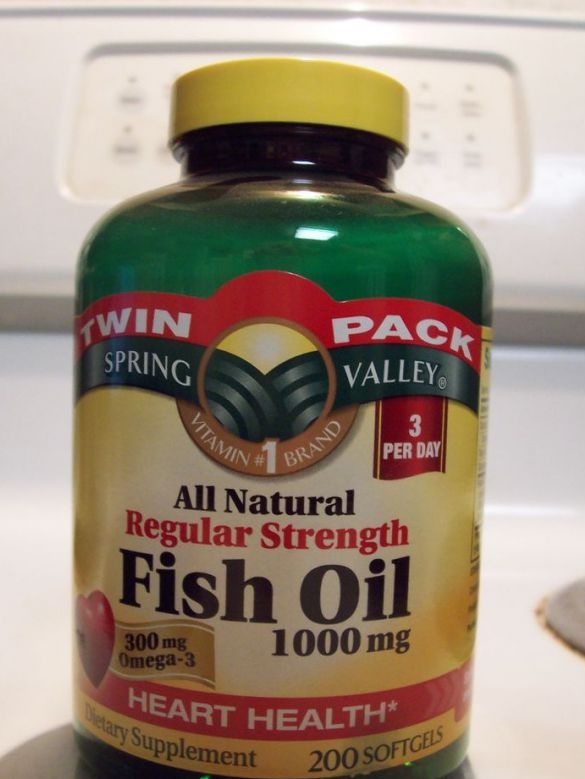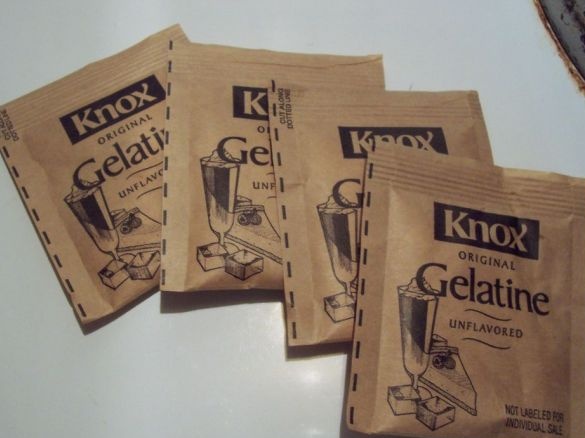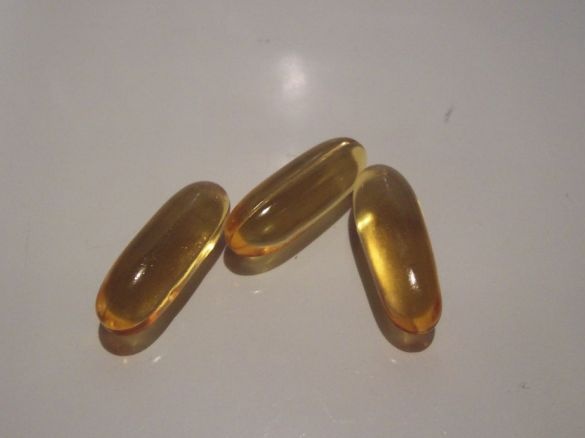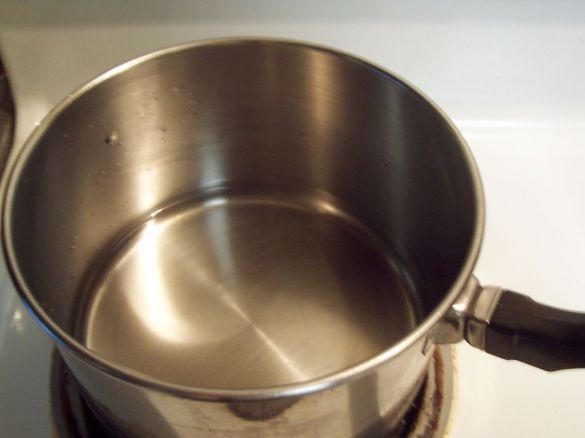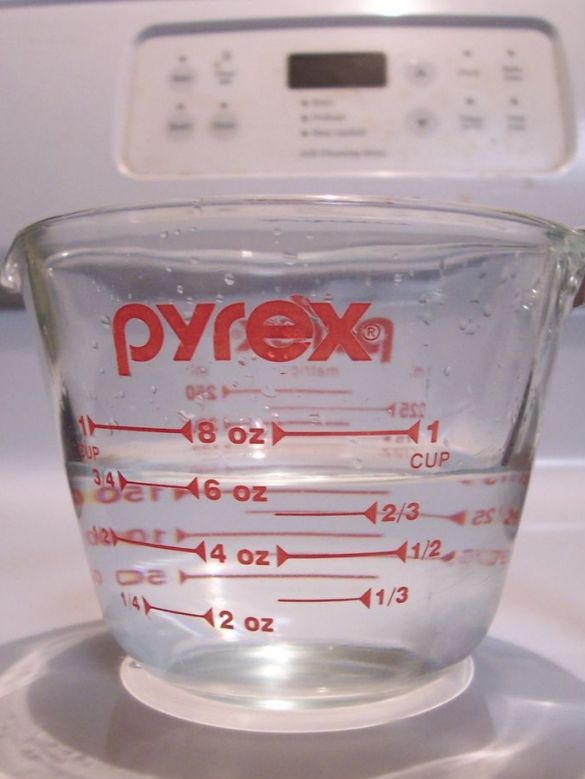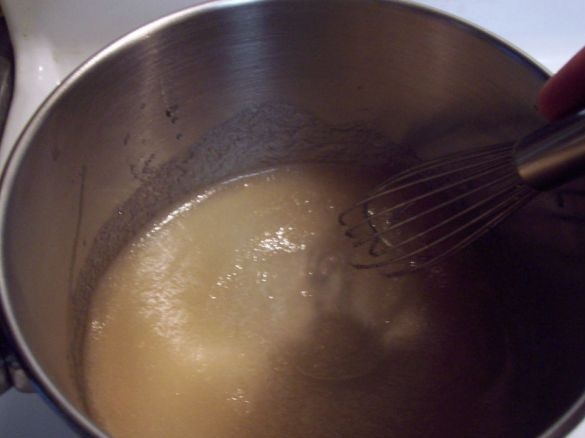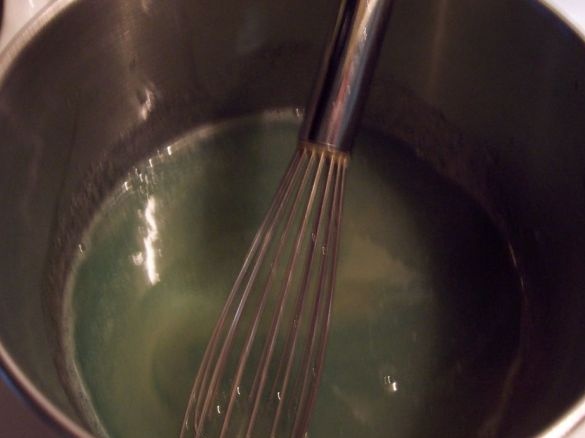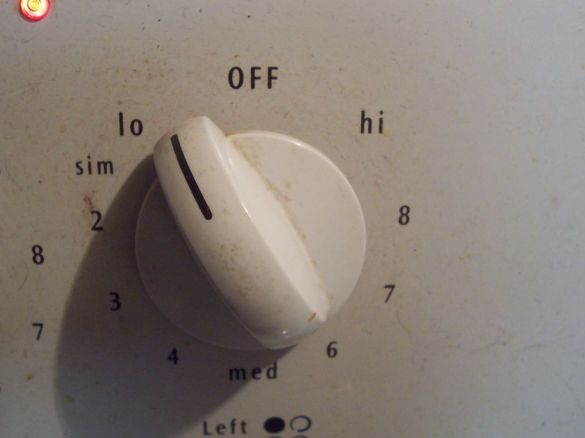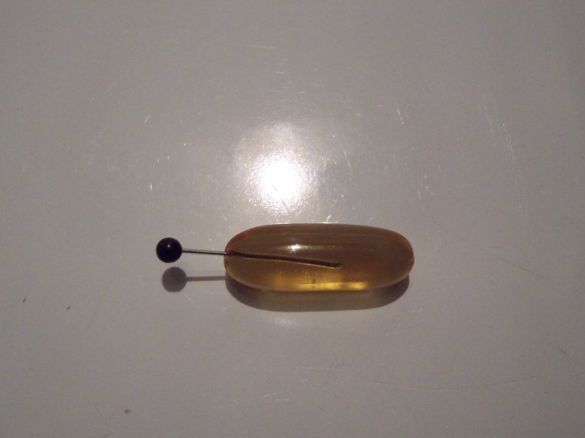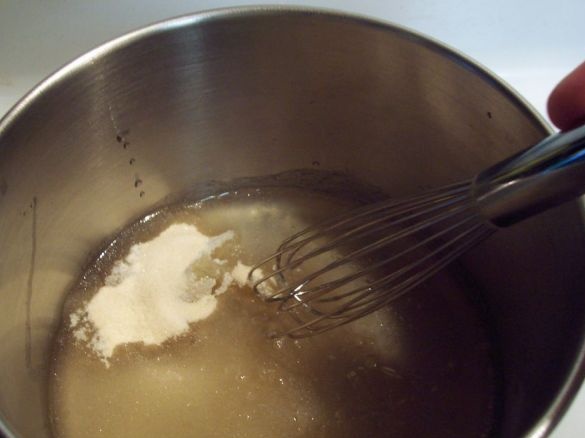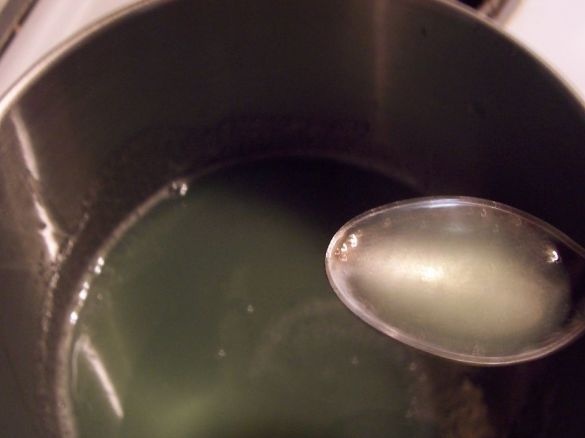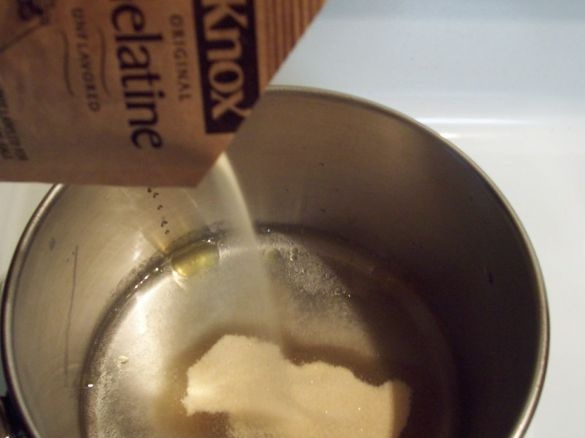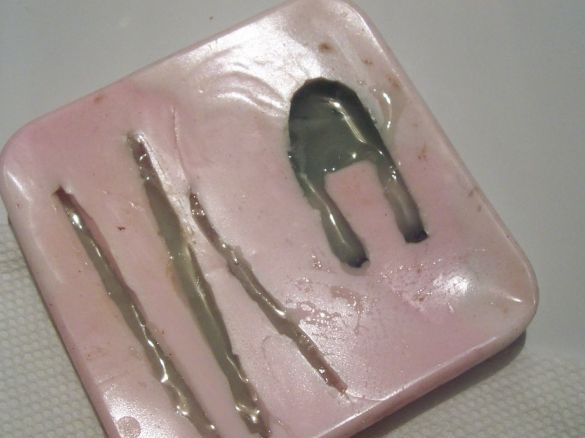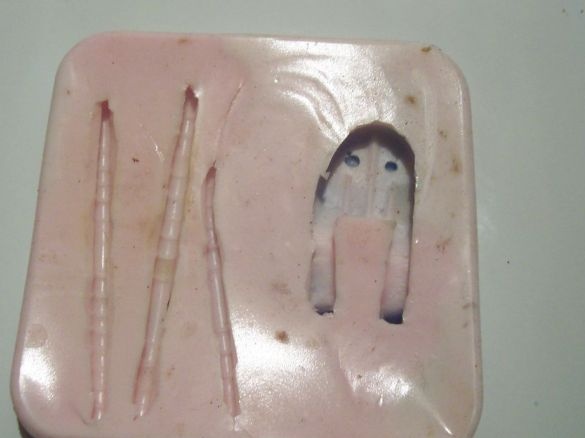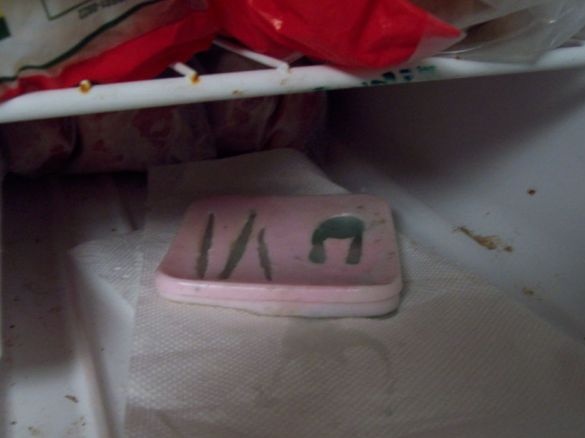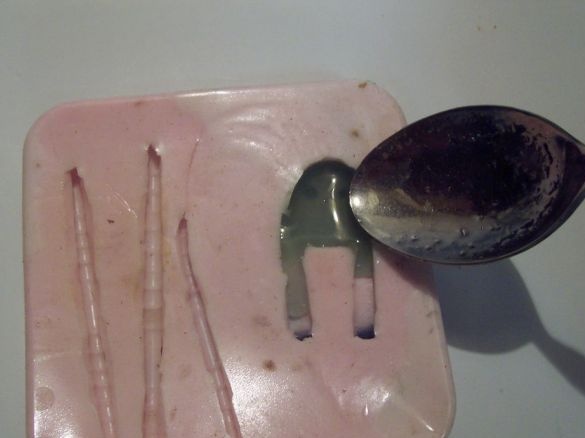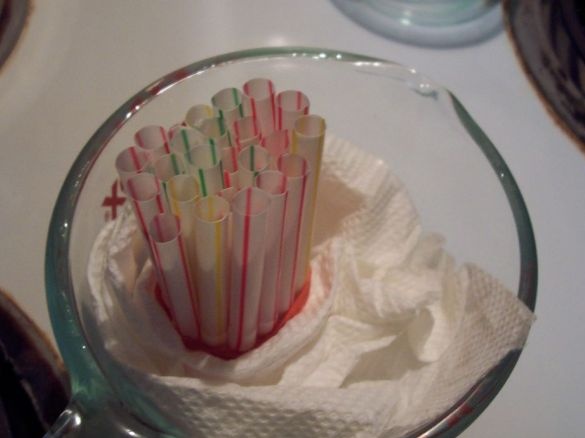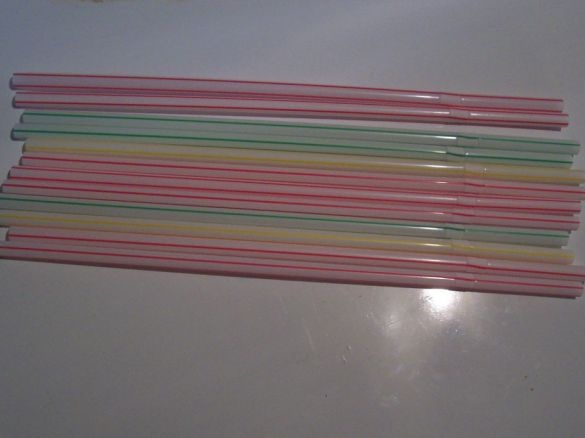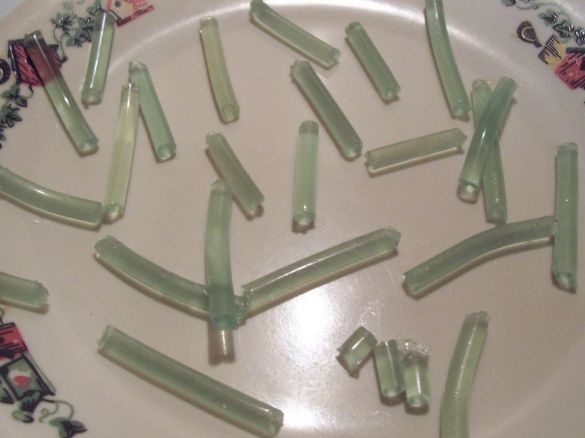One author has proposed a home-made version of the production of environmentally friendly lures. Their main feature is that after a certain time spent in water, they completely dissolve. Of course, the composition for their manufacture is not yet ideal, but the idea is already worthy of attention.
Materials and tools for making baits:
- a couple of packets of gelatin;
- water;
- tablets of fish oil;
- dye;
- a bowl for stirring the mixture and plate;
- mold for casting lures;
- a tablespoon and other little things.
The process of making baits:
Step one. Mixing ingredients
To create a mixture, you need to take 3/4 cup of water and pour into a small pan. If fish oil is to be used as a flavoring agent, then you need to pierce the capsule with a pin or needle and squeeze the contents into the pan. Next, pour four sachets of gelatin into the pan.
To dissolve the gelatin, put the pan on the stove and turn on the smallest flame. As the gelatin is heated, it is necessary to stir, in the end a uniform mass should be obtained. According to the author, this takes about two minutes. After that, dye can be added to gelatin.
Step Two Cast the bait
At the next stage, the manufactured mixture is poured into the mold. It can be made of gypsum. After this, the form is placed in the freezer, now it only remains to wait until the gelatin has hardened. It takes about 15 minutes to solidify, after which the bait is removed and a new batch can be cast. For easier extraction, the molds can be greased with sunflower oil or grease.
Step Three A simple way to make worms
If you need to make a lot of bait in the form of worms, then for these purposes it is not necessary to use a mold. You can use the tubes from which drinks are drunk.They need to be cut as indicated in the photo, and then set in some container. After that, gelatin is poured into the tubes. Subsequently, the whole thing is again sent to the freezer. Then it only remains to extract the gelatin from the tubes and the edible rubber worms are ready. They can be cut to the desired length if necessary, well, and cuts in the body for better flexibility.
Step Four Checking lures, their advantages and disadvantages over silicone
Perhaps the most important advantage of such baits is their low cost. Such baits can be made by anyone at home in the shortest possible time, for this it is enough to have gelatin, which costs a penny. Well, of course, the environmental friendliness of such baits, since gelatin is absolutely safe for the environment and is completely soluble in water.
Among other things, the advantage of this method is that it is possible to make baits of any size, shape and characteristics. You can cast a variety of beetles, toads, fish, worms and other animals that feed on fish. You can also use real bugs to create forms.
Of the shortcomings, the most important one is that gelatin dissolves quite quickly in water, in this regard, such a bait can make about 1-3 casts, and then it needs to be changed. But this problem is solved, you need to experiment with the composition, adding various substances to it. For example, if you coat gelatin with fat, it will repel water, and the bait will last much longer. Even gelatin is afraid of heat, it becomes soft when heated, so the bait should be chilled.
The next drawback is that gelatin is quite difficult to pierce with a hook, it is too hard. In this regard, the hooks are best immediately installed in the form, that is, cast the bait immediately immediately with the hooks.
Well, another drawback of gelatin is that if the fish takes the tip of the bait, it can bite it off and will not fall on the hook.
Summing up, undoubtedly, we can say that such a technology for the manufacture of baits takes place. Indeed, in this way you can make pretty catchy baits in large quantities just in your kitchen, and it’s very cheap and fast. For even greater attractiveness of such lures, you can use various attractants.

